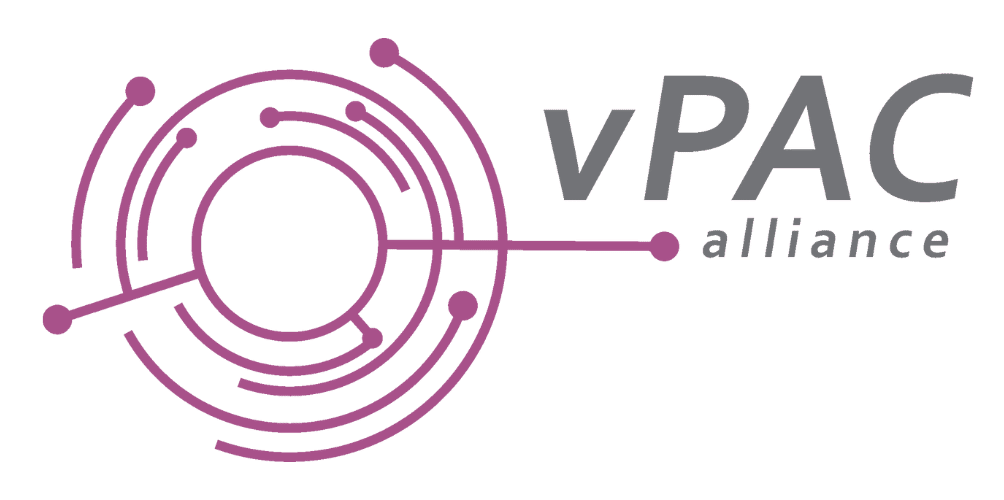The global move to a sustainable energy infrastructure places stress on the power grid, as weather-dependent renewable energy sources are deployed at all layers. At the same time, new loads are being added to the grid, dramatically increasing our dependence on electricity. Transportation is switching from liquid petroleum to electric batteries, heating and cooking systems are being electrified, and our appetite for computing and communications systems continues to grow. 
A new paradigm of adaptive, resilient, secure, and intelligent grid control enables operators to manage these increasingly bi-directional and highly dynamic evolving power systems. Technology leaders and utility companies like SCE, SRP, and Crystal Group have recently created the Virtual Protection Automation and Control (vPAC) Alliance to address the industry challenges.
The mission of the vPAC Alliance is to drive virtualization in substations to meet future needs of utilities during times of DER and EV penetration at the edge of the grid. The virtualization of protection relays refers to the process of creating a digital version of a protection relay using relevant software.
Protection relays are used in electrical power systems to detect and respond to abnormal conditions, such as short circuits or over-currents. Virtualizing protection relays (VPR), as well as automation and control functions, has the following benefits:
- Cost reduction: More cost-effective and flexible than physical relays.
- Improved reliability: Protection systems using virtualization require less equipment.
- Enhanced functionality: Run multiple applications on one machine; better protection against cyber and physical threats.
- Reduced maintenance cost: Solutions can be easily monitored and remotely maintained.
- Increased flexibility: VPR can be easily upgraded and relocated.
The vPAC Alliance drives standards-based, open, interoperable, and secure software-defined architecture to host protection, automation, and control solutions for power system substations. The outcome is cost savings, improved reliability, enhanced functionality, and increased flexibility for electrical power systems.